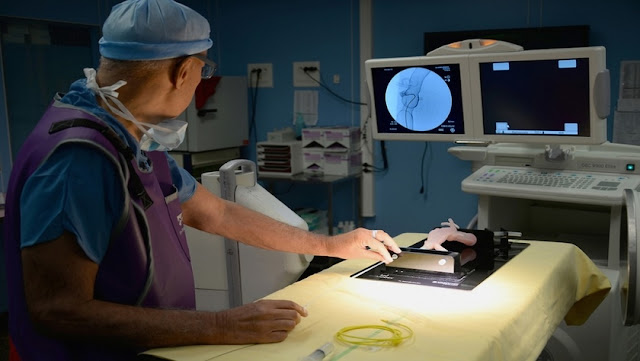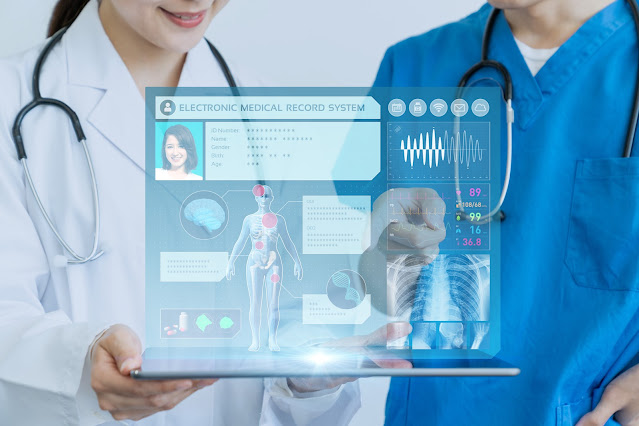Near Infrared Medical Imaging Market: Emerging Trends in Real-Time Surgical Guidance and Navigation

Near Infrared Medical Imaging Market
Near-infrared medical imaging has witnessed remarkable advancements in recent years, with emerging trends focusing on real-time surgical guidance and navigation. This cutting-edge application has transformed the landscape of surgical procedures, offering surgeons unprecedented insights and precision during operations.
Real-time surgical guidance and
navigation using near-infrared medical imaging involve the integration of
specialized imaging devices with advanced software and surgical instruments.
The process begins with the administration of near-infrared fluorescent agents
to the patient, which selectively accumulate in specific tissues or structures
of interest. These fluorescent agents emit light when exposed to near-infrared
light, allowing the imaging system to visualize the targeted areas in real-time
during surgery.
One of the key benefits of
real-time surgical guidance is the improved visualization of critical
structures and anatomical boundaries. This is particularly valuable in complex
surgeries, such as tumor resections, where differentiating between cancerous
and healthy tissues is crucial. Near-infrared imaging provides enhanced
contrast and clarity, allowing surgeons to achieve more precise and complete
tumor removal, while preserving surrounding healthy tissue. Increasing
incidences of cancer and neurological diseases that demand imaging techniques
for their diagnosis are expected to foster growth of near
infrared medical imaging market.
In neurosurgery, real-time
near-infrared guidance aids in identifying eloquent brain areas and vital
structures, reducing the risk of damage to essential brain regions. Similarly,
in cardiovascular procedures, near-infrared imaging enables the visualization
of blood vessels and coronary arteries, guiding stent placements and reducing
the chances of procedural complications.
Another significant trend in
real-time surgical guidance is the integration of near-infrared imaging with
surgical navigation systems. These systems overlay the fluorescence information
onto the surgeon's field of view, providing an augmented reality display of the
surgical site. Surgeons can navigate through intricate anatomical structures
with enhanced precision, minimizing the risk of inadvertent damage and
achieving better surgical outcomes.
Furthermore, the combination of Near
Infrared Medical Imaging with robotic-assisted
surgery is gaining traction. Robots equipped with near-infrared cameras can
perform delicate tasks with high dexterity and accuracy under the surgeon's
control. This synergy of advanced imaging and robotic technology opens new
possibilities for minimally invasive procedures, reducing patient trauma and
recovery time.
The shift towards real-time
surgical guidance and navigation using near-infrared imaging is driven by the
desire to optimize patient outcomes, shorten operative times, and reduce
post-operative complications. By facilitating more precise surgical
interventions, this technology not only improves patient safety and recovery
but also potentially lowers healthcare costs associated with extended hospital
stays and follow-up treatments.
However, the widespread adoption
of real-time near-infrared surgical guidance also presents challenges. The cost
of implementing advanced imaging systems, training surgical teams, and ensuring
regulatory compliance can be substantial. Additionally, further research is
required to establish standardized protocols and guidelines for the application
of near-infrared imaging in different surgical specialties.
Despite these challenges, the
future of real-time surgical guidance and navigation using near-infrared
medical imaging looks promising. As technology continues to evolve and become
more accessible, we can expect these emerging trends to redefine the standards
of surgical care, pushing the boundaries of precision medicine and transforming
surgical practices across various medical disciplines.



Comments
Post a Comment